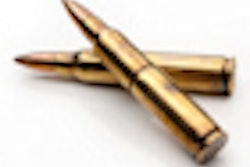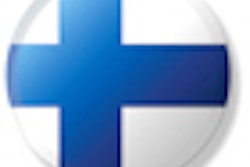Dear AuntMinnieEurope Member,
We're featuring three articles this week on computer-aided detection (CAD) in our Advanced Visualization Digital Community, demonstrating how researchers are refining the use of this technology to support radiologists.
In the first story, German researchers describe their work on a CAD tool designed to provide easier and more automated tracking of tumors. They believe that the algorithm should make it easier to track tumor changes following chemotherapy, according to an article you can read by clicking here.
In the second study, Dutch researchers found that offering radiologists feedback on their diagnostic performance after using CAD software for interpreting chest x-ray studies doesn't improve their accuracy later on. The hope was that the feedback would help guide them in differentiating true-positive from false-positive CAD marks, but it didn't hold true. Click here to learn more.
In our third article, another Dutch team tested an internally developed CAD mammography algorithm to see if it could be used as an independent reader in breast screening studies. Their goal was to find out if CAD could be used in place of a radiologist as a second or third reader for screening studies. Find out what they discovered by clicking here.
We continue Dr. Adrian Thomas' fascinating series on radiology history with a new column this week on "extinct" medical imaging exams. From translumbar aortography to bronchography, many of these exams were later superseded by more advanced imaging techniques. Read more by clicking here in our Digital X-Ray Community.
Cardiac MRI is one such advanced technique, and U.K. researchers are sharing their discoveries in the use of a 3D cardiac MRI protocol at 3 tesla. They believe the procedure could provide information on myocardial perfusion that's harder to get with 2D cardiac MRI at lower field strengths -- making cardiac MR more competitive with the gold standard, SPECT. That story can be found by clicking here in our Cardiac Imaging Digital Community.
Also, check out our CT Digital Community for a new article on CT of abdominal and thoracic gunshot wounds. French researchers share their tips for making the most of this modality when examining gunshot victims in a story you can read by clicking here.
Finally, we'd like to extend an invitation to you to participate in the Minnies, AuntMinnie.com's annual event recognizing excellence in medical imaging. Radiology is a global specialty, and we'd love to hear from you on the researchers, products, companies, and institutions that you believe deserve recognition. You can nominate Minnies candidates at minnies.auntminnie.com.




















